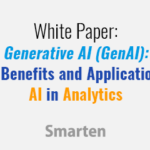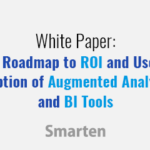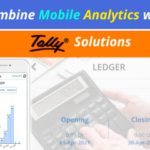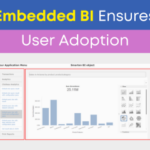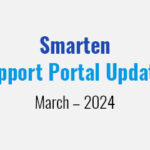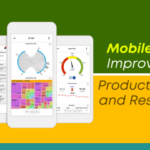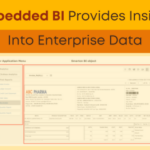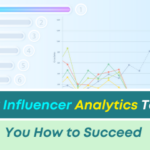
One of the things which cause distress in a lot of activities is the click. We have to point and click. You can use your mouse, or finger or your nose if the hands are busy, but you have to click. Point and click was a solution invented for a purpose which we have extended to all areas of life. Since we work in the world of data science and analytics, I will restrict my discussion to this, though I have a plenty of opinion in the other areas.
The obvious choices which hit our mind when we look at the Clickless world are the voice and natural language query. That does solve a part of the problem but does it completely make our world seamlessly Clickless? The other added solution is a self-learning bot which manages the analytics for you. Here are a couple of things which will not come to your mind easily when you imagine Clickless analytics. More like an e-commerce site, one has to be given a choice to select a ready analytics or graph based on past analysis and intentions. So it is prediction running on predictive analytics. This is not very complicated. It is easy to detect what is the context of the user based on past queries. And ten options based on past queries are ready when the user logs in. This itself eliminates the need for the first click.
The second is predicting the data which will be queried. This can be a bot or NLQ engine but imagine a situation where you have a discussion with the bot for this.
So the conversation with the bot goes something like this.
Sales in India – Ok
By product – Ok
Only for Fruit Juices in Rajasthan – Ok
Only in Udaipur – with chocolates – Ok
This is the bot doing activities which are like filtering, so it is like the bot, NLQ replacing clicking.
So, when does it get Clickless?
When you say, back to sales in India, or say two steps back?
If you imagined this on a desktop, please put a mobile device in your head and then look at the next step.
If you are designing a Clickless analytics solution, we are using predictive analytics for a user to give predetermined analytic results. The logic of a Clickless world starts with taking the profile of the user and preparing the basis for the profile. Along with the profile comes the analytic tree. The analytic tree is the path usually users take when they are clicking but with the advantage of jumping multiple clicks.
So an algorithm that is running our Smarten engine, we do three things to build the Clickless dashboard. We know the user profile, which is in our world is not complicated, it is driven by access rights to the user. We also understand the KPI of the user based on the profile. A single user usually is not managing ten dimensions and ten metrics at a time to start. He may add some in the future, but one has to start with these. So we use an NLQ engine which operates like a bot. The only difference being it will not ask questions to the user and compel him to type or click. Either he expands what is written on reduces it.
The fundamental difference between a raw NLQ engine and a Clickless engine is predictive used on the path of analytics. This allows more of a hide and show type of activity on analytics.
So how are the dates handled? Dates in Clickless world will always be referenced + or –
If you are using voice, then there is no choice but to work on the following:
1. Predictive for the user
2. Knowing what will be the reduction and expansion
3. Using references and start points for ranges
4. Give a look ahead and eliminate lookup and auto correct
The story or look ahead and autocorrect is one of the oldest ones. Look ahead in an environment like a search engine is different than in an analytics engine. Look ahead, in analytics has to predict, summarise and look ahead of the user to give an auto-suggestion. This is not similar to a listing some of the most popular searches.
This is how Smarten works. It is predicting your analytics need making it clickless.
Original Post: Clickless Analytics



